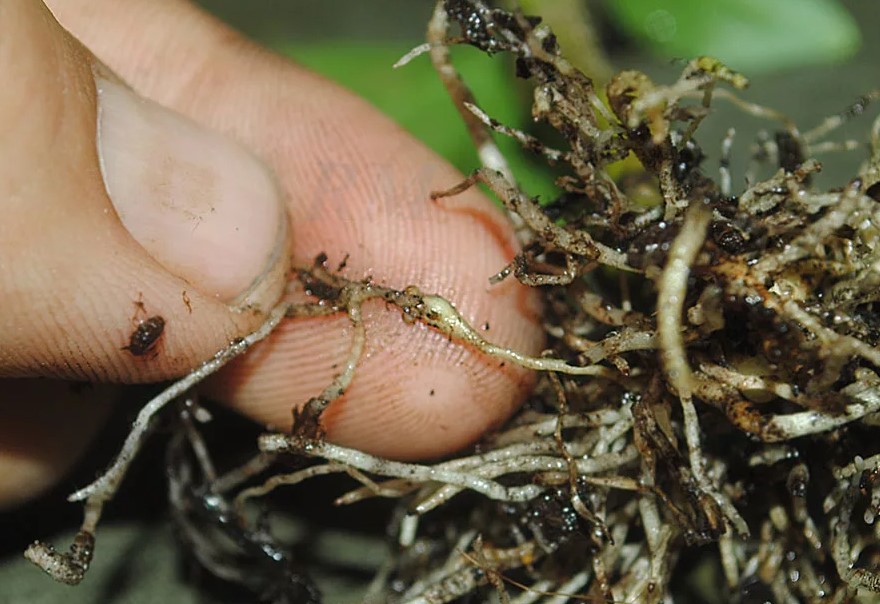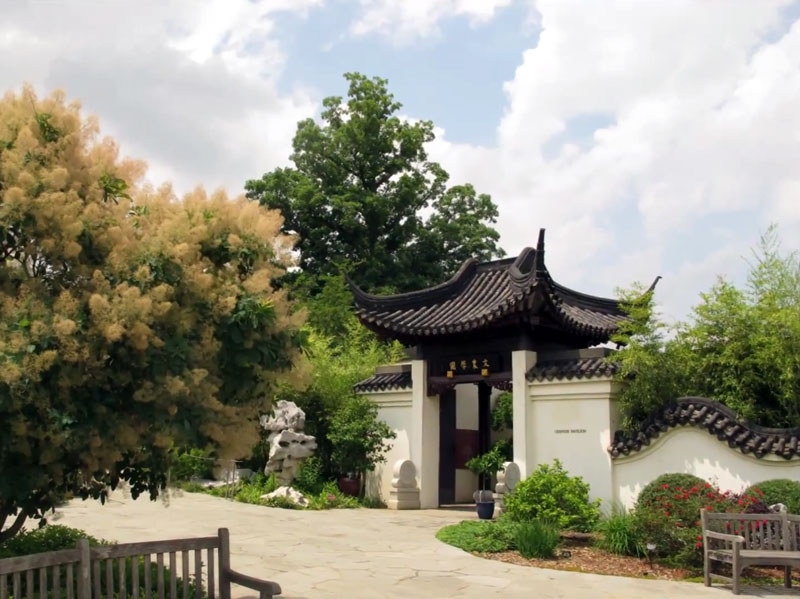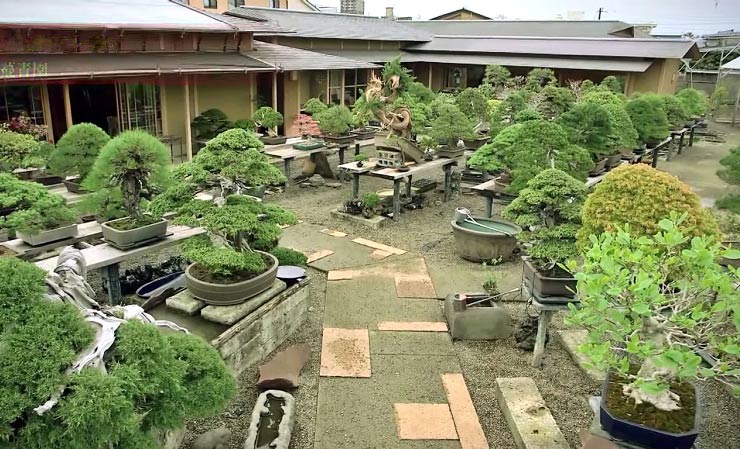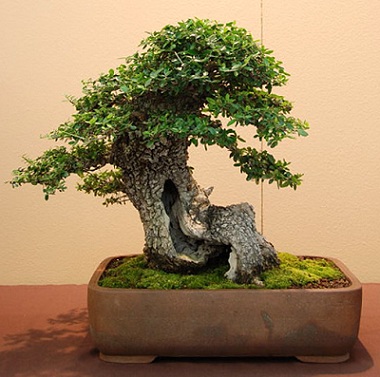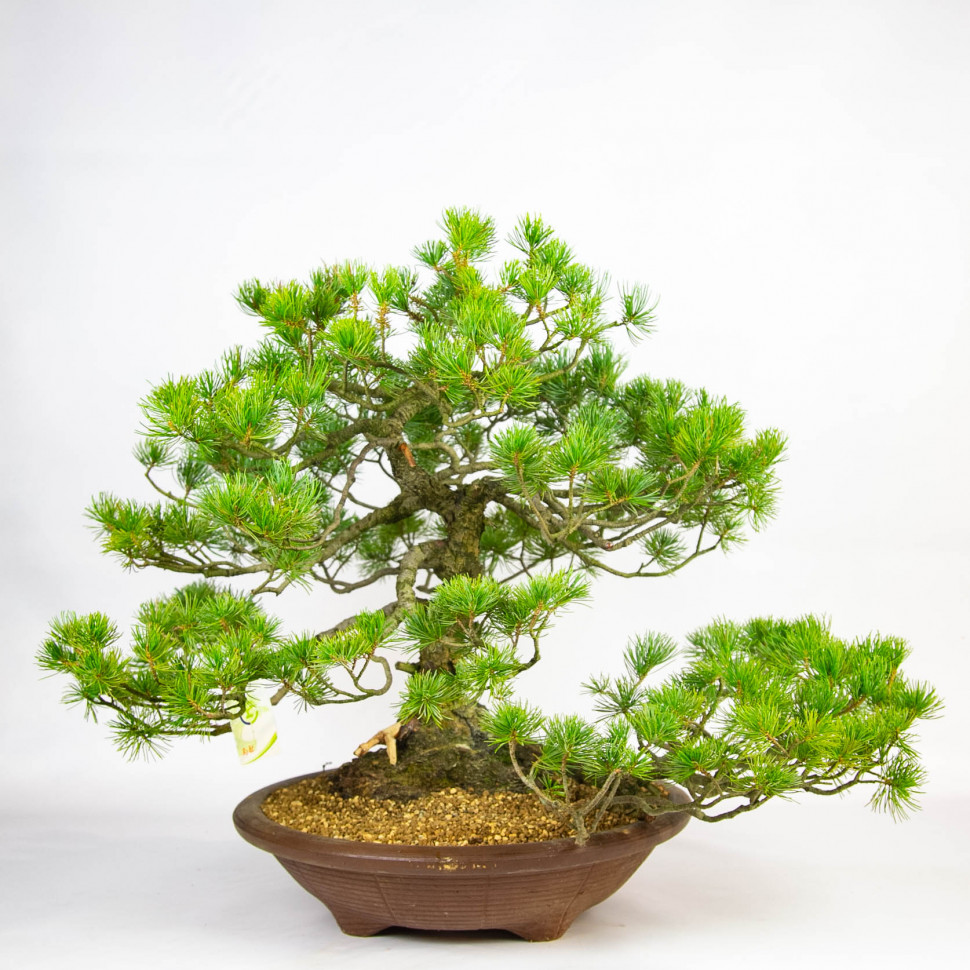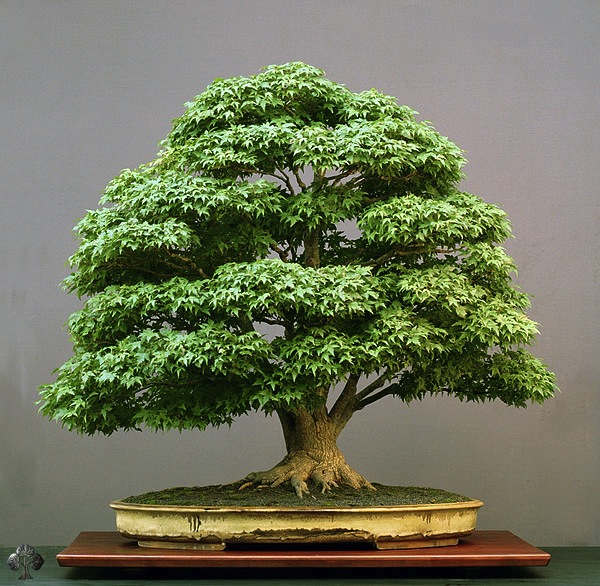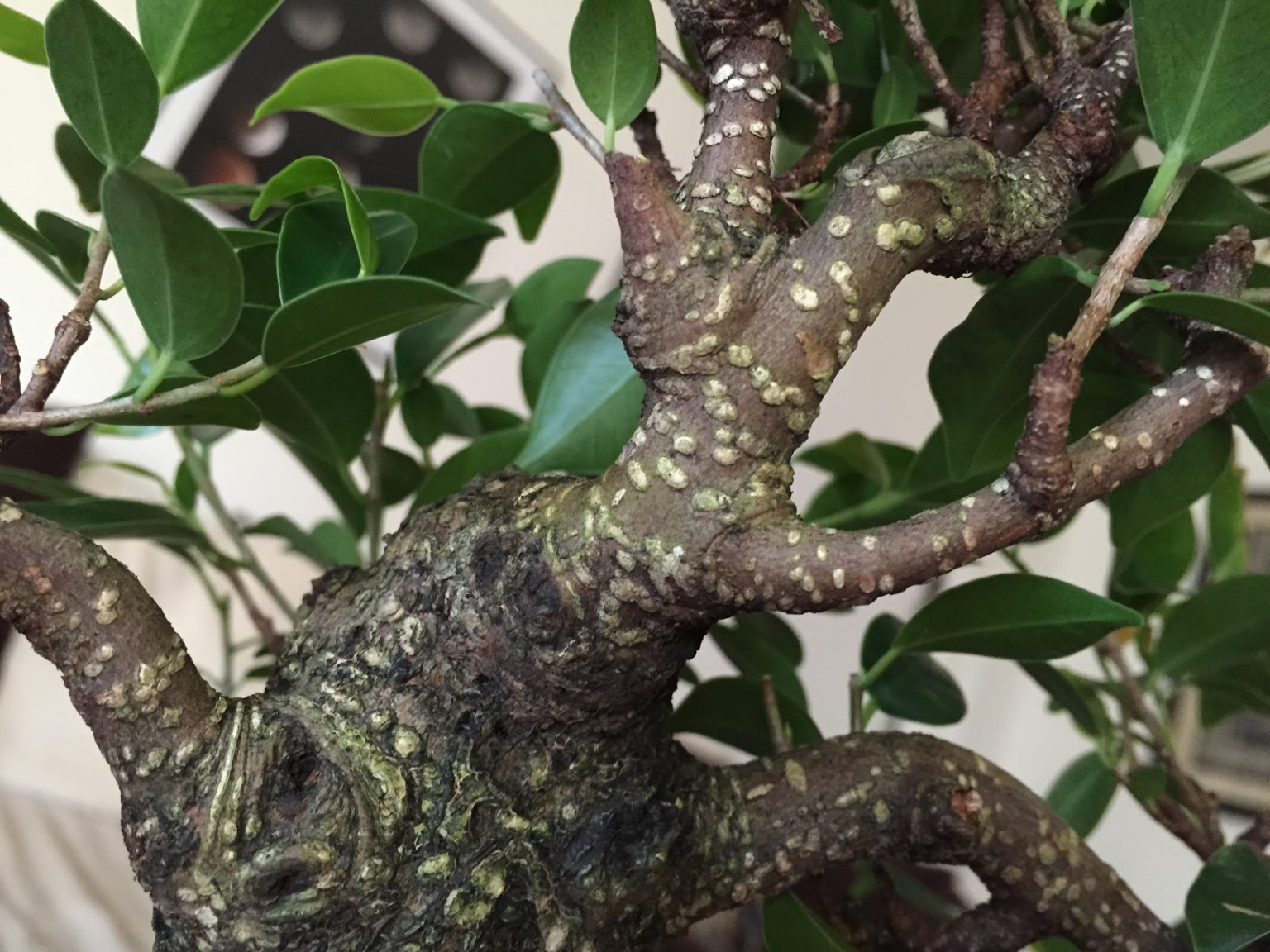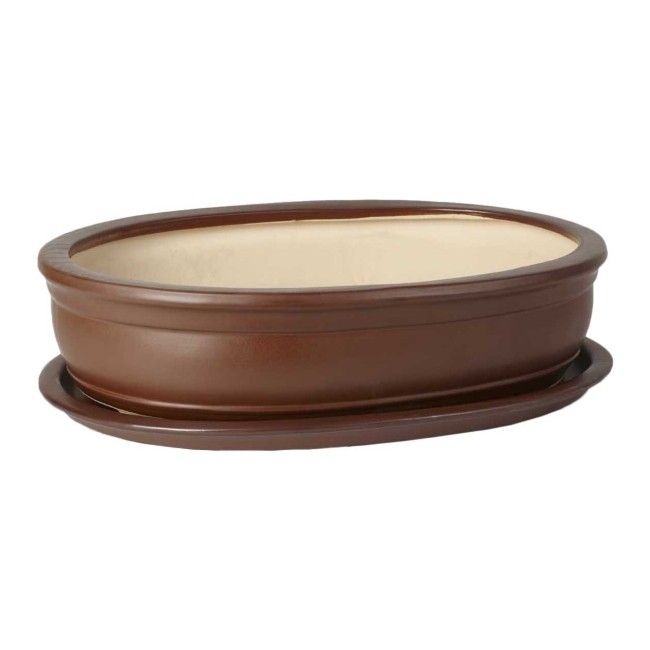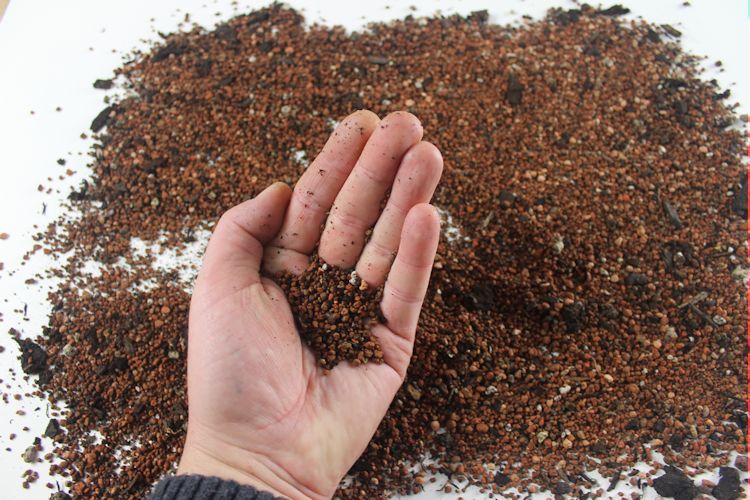Larches (Larix)— a very convenient material for growing bonsai. Japanese larches are more capricious than their European sisters, so, as a rule, bonsai are formed from European species. Larches have soft needles. Young shoots are formed from bright red cones that form at the ends of old branches. The color of the needles changes from bright green in early spring to dark green in summer and yellow in autumn.
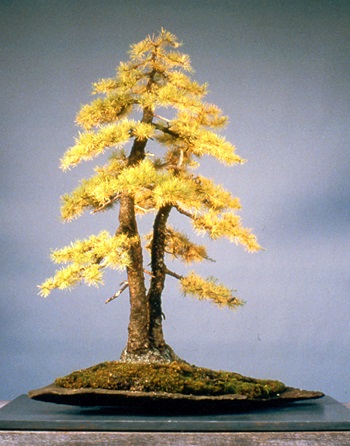
There are many varieties of larch, from the common European (Larix decidua) to the exotic Himalayan (Larix griffithiana). The Japanese larch (Larix kaempferi) has gained the greatest popularity in the bonsai world. These trees are usually given a very simple shape, which does not require much effort. North American larch (Larix lyallii), which in its natural form is a dense, low shrub, is also used in bonsai; it is an alpine form of larch.
Larches grow quite quickly, if you start growing them from a small seedling, in just five years you will have a very impressive bonsai.
Soil:
Use a mixture of equal amountsAkadama soil and peator a mixture of peat and sand, preserving the native soil around the root ball. When replanting larch, do not shake off all the soil from the roots, since these trees form a beneficial mycelium in their root system.
The soil for larches must be well-drained.
Lighting:
During the first three months, do not expose the larch to bright sunlight. Protect it from the wind. Keep it away from cats and dogs, which are attracted by the smell of larch needles.
Temperature:
Larch likes moderate temperatures. Protect it from frost in winter and protect it from extreme heat in summer.
Watering:
Spraying the crown daily will help the dug tree acclimate and adapt to its new environment. As mentioned above, the problem that collectors face is that larch often dies in the first or second year of life. This happens mainly because owners overwater their trees instead of simply spraying them. Spray the larch every day, and water only when the soil begins to dry out.
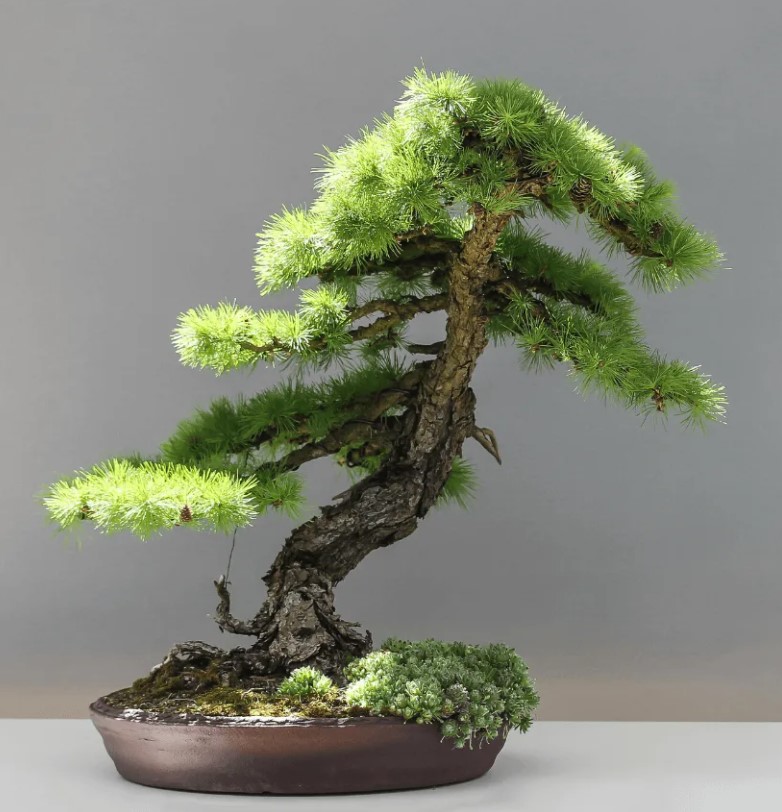
Top dressing:
When young needles appear on the larch, feed itfertilizerwith a high nitrogen content. In summer, you need to fertilize less and use a balanced fertilizer. In late summer and autumn, feed the larch with fertilizer with little or no nitrogen content; do this until the needles turn yellow. As a result, your tree will develop correctly. In late winter, cut off the shoots of the previous year, leaving only those that do not disturb the selectedstyle and form.
Formation:
Wait until your bonsai has entered a state of winter dormancy and start pruning. It is best to do this in mid- to late winter. Sometimes it is enough to simply pinch out new shoots at the tips of branches or buds all over the tree. The same can be done in late summer, and if the tree is growing too vigorously, then in early autumn.
Purchasing a plant:
You can buy an adult larch tree for collection in a nursery or at an exhibition, but such plants are very expensive. An alternative way to buy a healthy, large adult larch tree is to find it in nature. The problem is that many trees found and transferred to a collection die in the first or second year.
Pests and diseases:
Carefully inspect the root system to avoid adding root aphids to your collection, as this pest can easily be confused with mycelium at first glance. Clusters of root aphids look like light thin threads. But if you look closely, you can distinguish tiny insectsFirst, try to remove as many aphids as possible, and then immerse the larch in an insecticide solution for half an hour.
